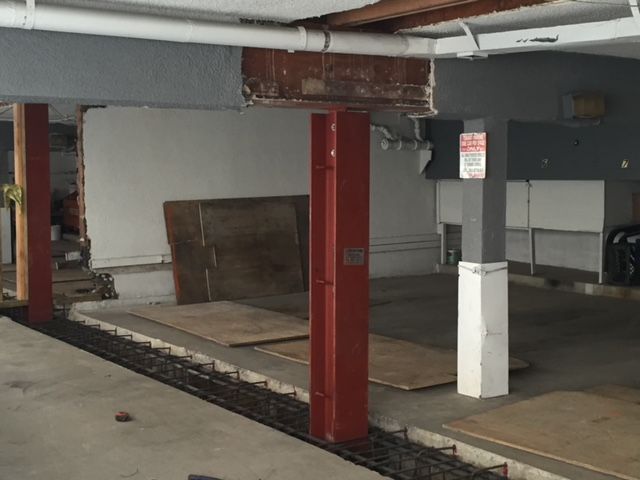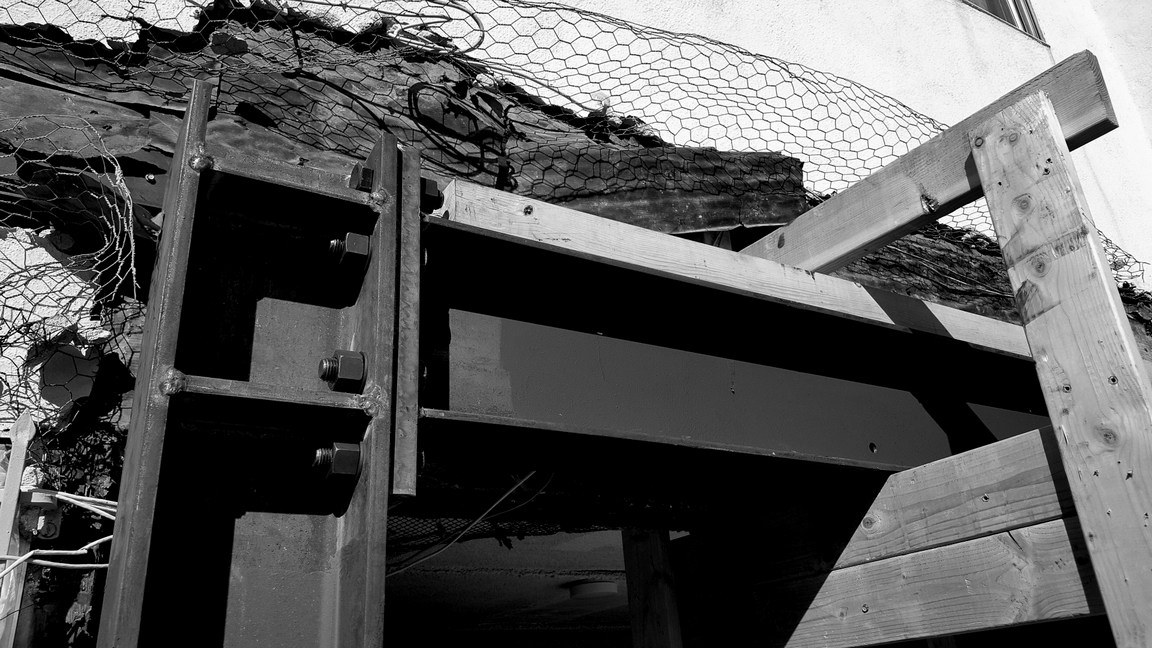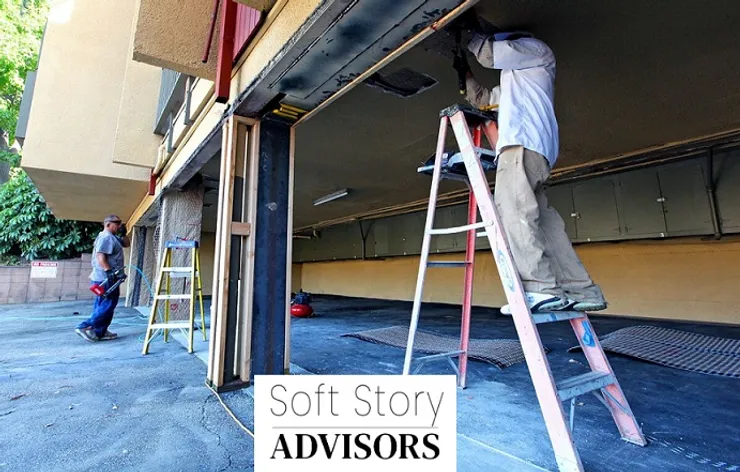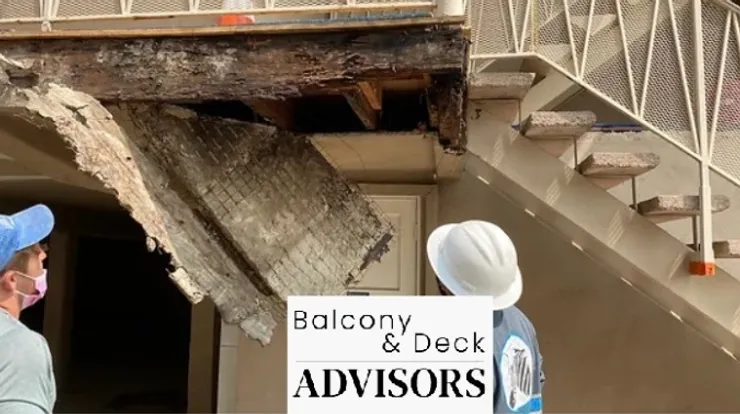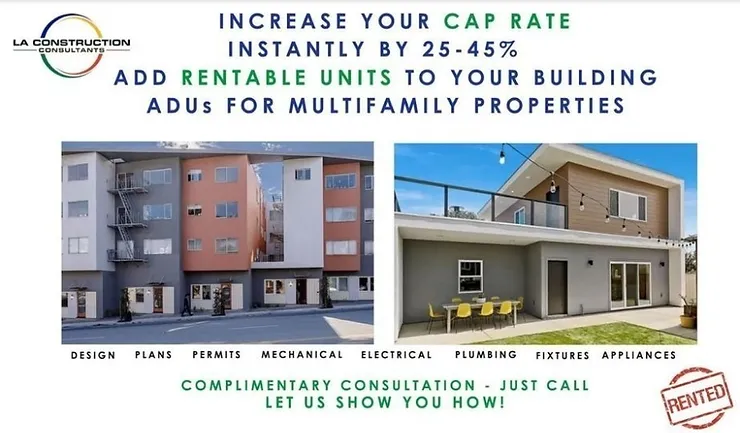California saw a 7.1 magnitude quake Friday (Credit: iStock)
The strong earthquakes that rumbled across Southern California last week rekindled concerns about whether property owners, homeowners and landlords are prepared enough for a potential catastrophic quake.
Many owners of at-risk properties in Los Angeles have not completed
mandated earthquake retrofits on those buildings, and just 12 percent of Californians have earthquake insurance coverage, according to the Los Angeles Times.
The quakes over the July 4th holiday weekend were centered in a rural area northeast of the city, near Ridgecrest. Thursday’s 6.4 magnitude quake was followed on Friday by one that measured 7.1 magnitude. It was only the second time since 1922 that a quake greater than a magnitude 6 was followed by one even stronger.
As of January, only 1,500 of the nearly 13,000 vulnerable buildings in the city have completed retrofits since officials started mandating them in 2015.
Work has started on around half of all those buildings, but owners of 5,000 properties haven’t submitted retrofitting plans. Property owners have until 2040 to do so.
Property owners in many cities across the metro area say the costs to retrofit are too high to take on by themselves. Some have decided to sell their buildings instead of retrofit. West Hollywood city officials last fall barred landlords from using a rent surcharge to pass the costs along to tenants. [LAT] — Dennis Lynch

